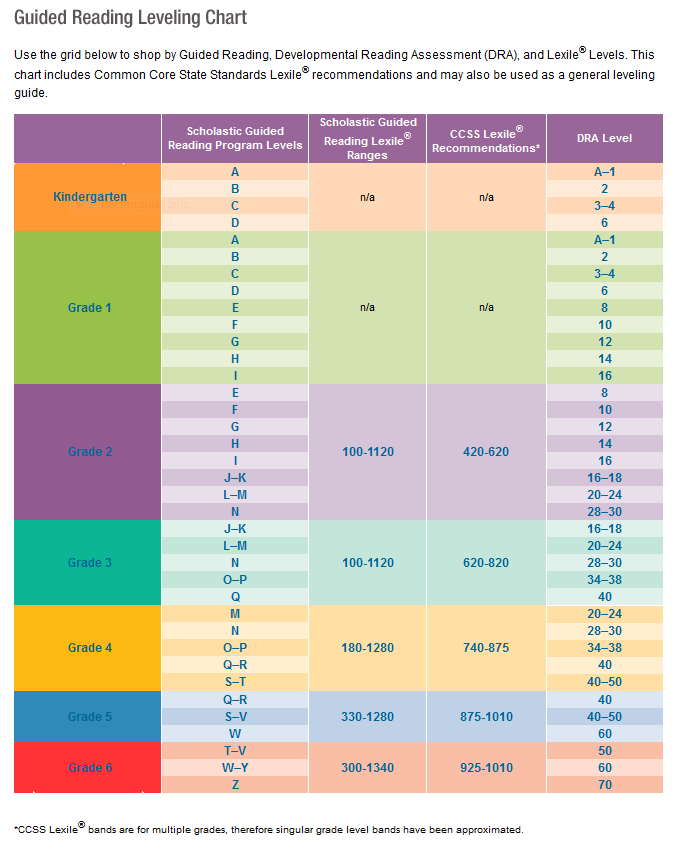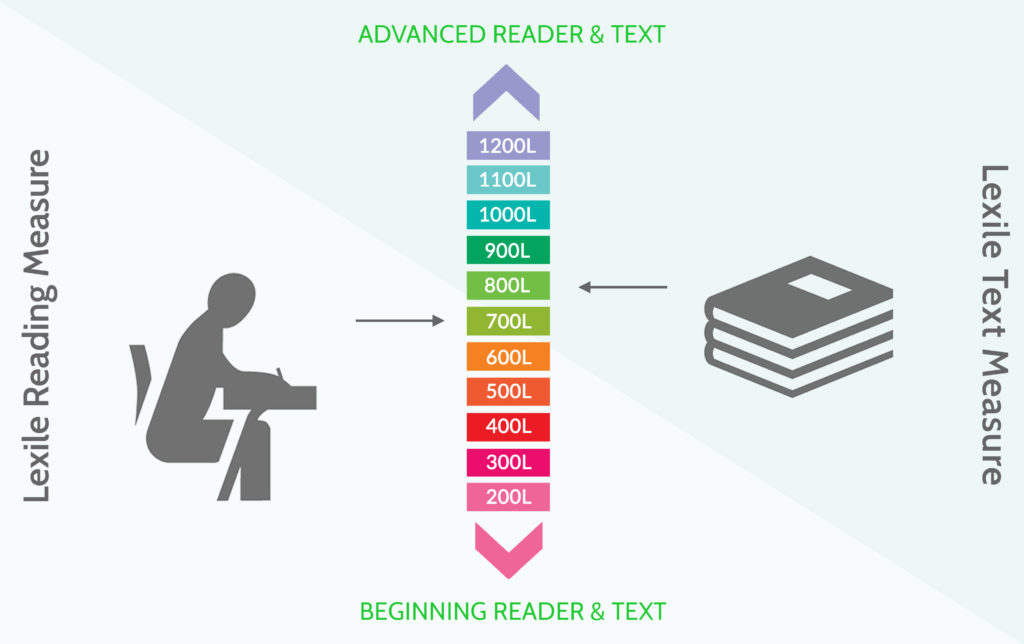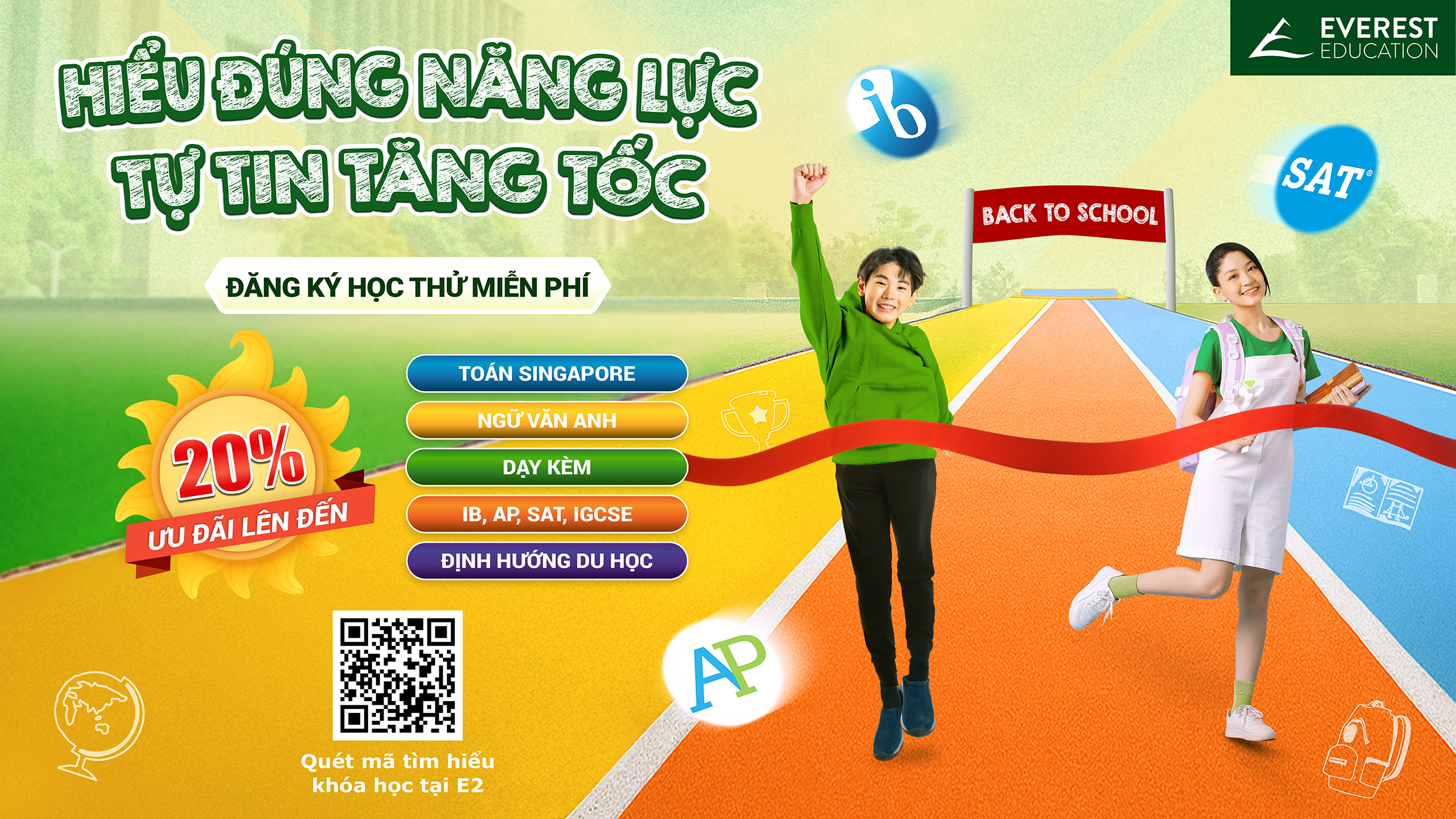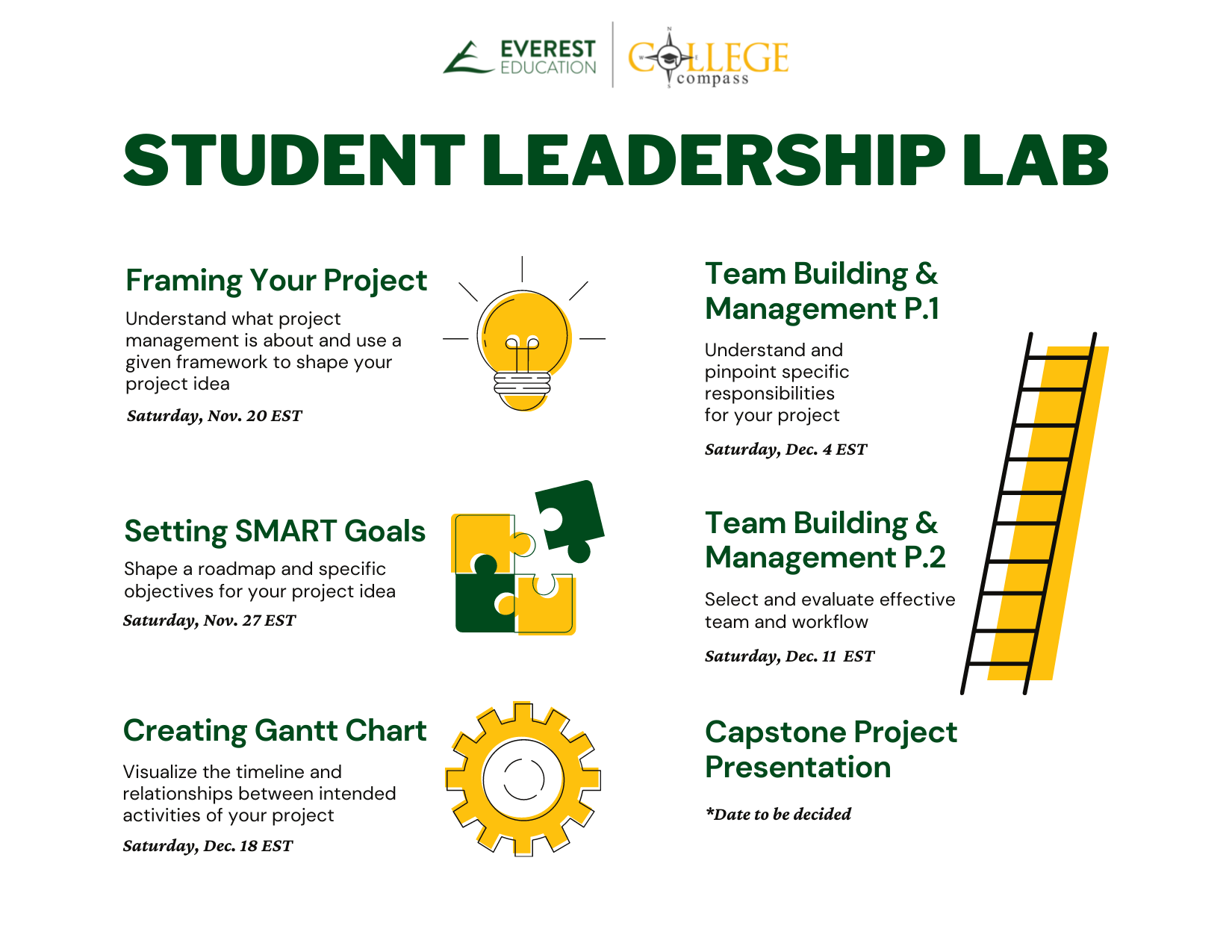“How do I know my child’s reading levels?” many parents might ask.
In order to effectively teach your children reading, you need to know where to start. Identifying your child’s reading levels will give parents a sense of nurturing their reading habits and challenge them while avoiding the frustration that results when reading material is too difficult. However, if you research reading assessments, you will find that many are expensive, require specific expertise to administer, or are not user-friendly.
At Everest Education, we use the Lexile Levels as a valuable tool to measure students’ reading levels and monitor their progress. The reading level of a child, especially when it comes to learning English, does not really depend on her age. Therefore, Lexile measures give a more precise reading comprehension measurement than guessing your child’s reading ability based on age or grade level.
So what is a Lexile measure, and how does it apply to your children? Let’s demystify the Lexile system and learn how Lexile measures serve as a valuable tool to support your child’s reading growth.
What is a Lexile measure, and why is it important to parents?

The Lexile Framework for Reading is a reading metric that matches readers with text targeted to their ability level. Readers and text are measured on the same developmental scale. The Lexile Framework was developed by MetaMetrics©, an educational assessment and research team, funded initially by the National Institute of Child Health and Human Development.
This scientifically-based approach allows users to quickly identify text at a difficulty level that will be appropriately challenging to improve reading skills.
Lexile’s numeric measures can apply to both reader and text:
- Lexile text measures reflect the readability of an individual book based on analysis of word frequency, sentence length, and text complexity.
- Lexile reading measures reflect a child’s ability to read texts in a certain range of difficulty.
When you know your child’s Lexile measure, you can better select books that will be just right for them: not too easy, not too tricky. This way, you can avoid picking inaccessible books that will leave them feeling discouraged or too simple books that will leave them bored and looking for something else to read!
What does Lexile score mean?
A student receives her Lexile measure from one of two ways: taking a Scholastic Reading Inventory (SRI) test, which is specifically designed to measure Lexile or reading ability OR by taking a standardized reading test which converts the reader’s results to a Lexile measure.
The Lexile level will always be shown as a number with an “L” after it — for example, 770L = 770 Lexile. The higher the Lexile measure, the higher the student’s reading level. The reader’s Lexile Framework works in intervals of five, with 5L being the lowest. The highest possible measure is 2000L. Anything below 5L is assessed as a BR or Beginning Reader.
If a student gets a 550L, then she is a 550 level Lexile reader. 550L is the measure of her readability level. It is essential to note it is never called a score! This encourages student achievement.
Use the chart below to compare Lexile Levels with other leveled reading systems:

Where learning meets joy
with friends and teachers who care
How to Find Books on Your Child’s Lexile Level

Lexile levels are scientifically and mathematically assigned based on the difficulty and readability of a book. A book’s Lexile measure is analyzed by MetaMetrics©. After a text is assessed, it is given a measure like a student’s readability level, 600L, for example. In this measure, MetaMetrics© evaluates the text’s difficulty level. A book or magazine at a 500L has a Lexile Level of 500. MetaMetrics© predicts and assesses how difficult a text will be for a reader to comprehend. The two main criteria it tests are word frequency and sentence strength. A text’s Lexile Framework works in increments of 10, with 10L being the lowest. Measures below 10L are classified as BR or Beginning Reader.
The point of the Lexile system is to find the right level of reading material for students. The match is based on reading ability, not grade level in school. Once you know your child’s Lexile level, you can search for books that match this level to expand your home library and encourage daily reading practice in your own home.
Parents can find your child’s Lexile measure by looking at school score reports or asking their child’s teacher. If your child doesn’t have a Lexile measure, you can get an estimate at Lexile Find a Book. By knowing your child’s Lexile measure, you can help pick books that grow their reading ability — without frustration. Your child’s Lexile range is 100L below to 50L above your child’s reported Lexile measure. Within this reading range, your child should not be frustrated but will encounter new vocabulary and sentence structures that promote reading growth. Lexile measures for books are printed on some books. For others, you can find the book’s Lexile measure at Find a Book or at popular bookstores like Amazon.
Here are some additional—and more routine—Lexile measures illuminating the difficulty of well-known texts:
- The Cat in the Hat – 260L
- Clifford the Big Red Dog – 330L
- Charlotte’s Web – 680L
- Harry Potter and the Sorcerer’s Stone – 880L
- The Hobbit – 1000L
- Pride and Prejudice – 1100L
- Walden – 1340L
- The Declaration of Independence – 1480L
Parting words
 Lexile can give you a sense of your child’s reading ability. But it shouldn’t be used as a way to compare your child to other kids the same age. Also, your child’s score doesn’t consider other factors that go into finding a good match. These include motivation, interests, and background knowledge.
Lexile can give you a sense of your child’s reading ability. But it shouldn’t be used as a way to compare your child to other kids the same age. Also, your child’s score doesn’t consider other factors that go into finding a good match. These include motivation, interests, and background knowledge.
Having good reading and writing skills is crucial for success when your child steps into the international environment. That’s why at Everest Education, our English Language Arts classes strongly focus on these skills. We take children from basic conversational English to academic English.
In our classes, English is taught through context. Rather than just drilling vocabulary and basic grammar, students will access literary analysis methods and develop research and presentation skills in a native English-speaking environment. Students write their own essays and learn to express their ideas convincingly and engagingly from that foundation. These are essential skills for students who plan to study in an international environment in the future.
>> Learn more about our English Language Arts classes.
Reference:
- Understood, “Lexile Levels: What you need to know.”
- Outschool, “Lexile levels: How to use this tool to understand your child’s reading skills.”
- Scholastic, “Lexile levels: What parents need to know.”












 Lexile can give you a sense of your child’s reading ability. But it shouldn’t be used as a way to compare your child to other kids the same age. Also, your child’s score doesn’t consider other factors that go into finding a good match. These include motivation, interests, and background knowledge.
Lexile can give you a sense of your child’s reading ability. But it shouldn’t be used as a way to compare your child to other kids the same age. Also, your child’s score doesn’t consider other factors that go into finding a good match. These include motivation, interests, and background knowledge.




